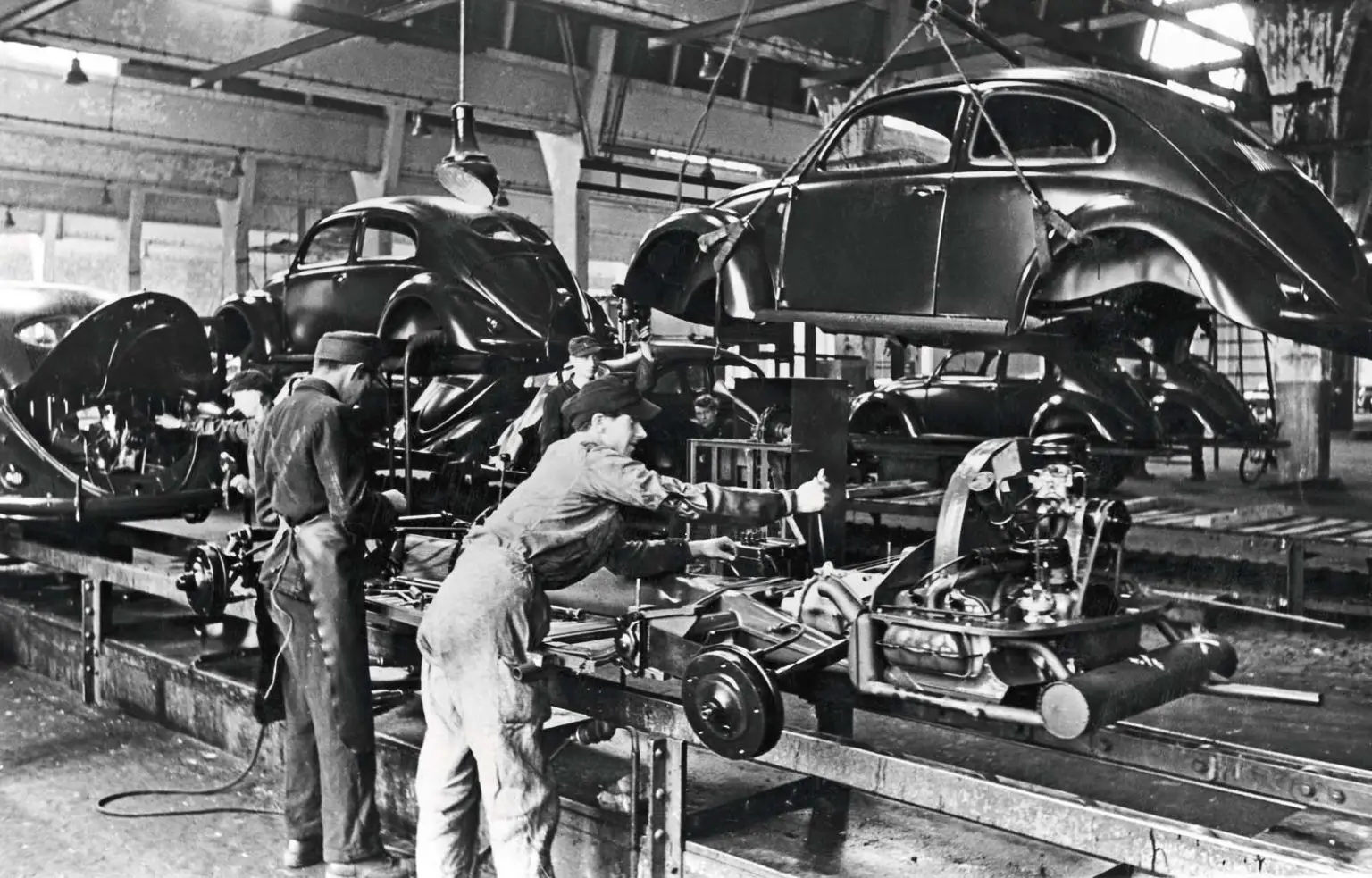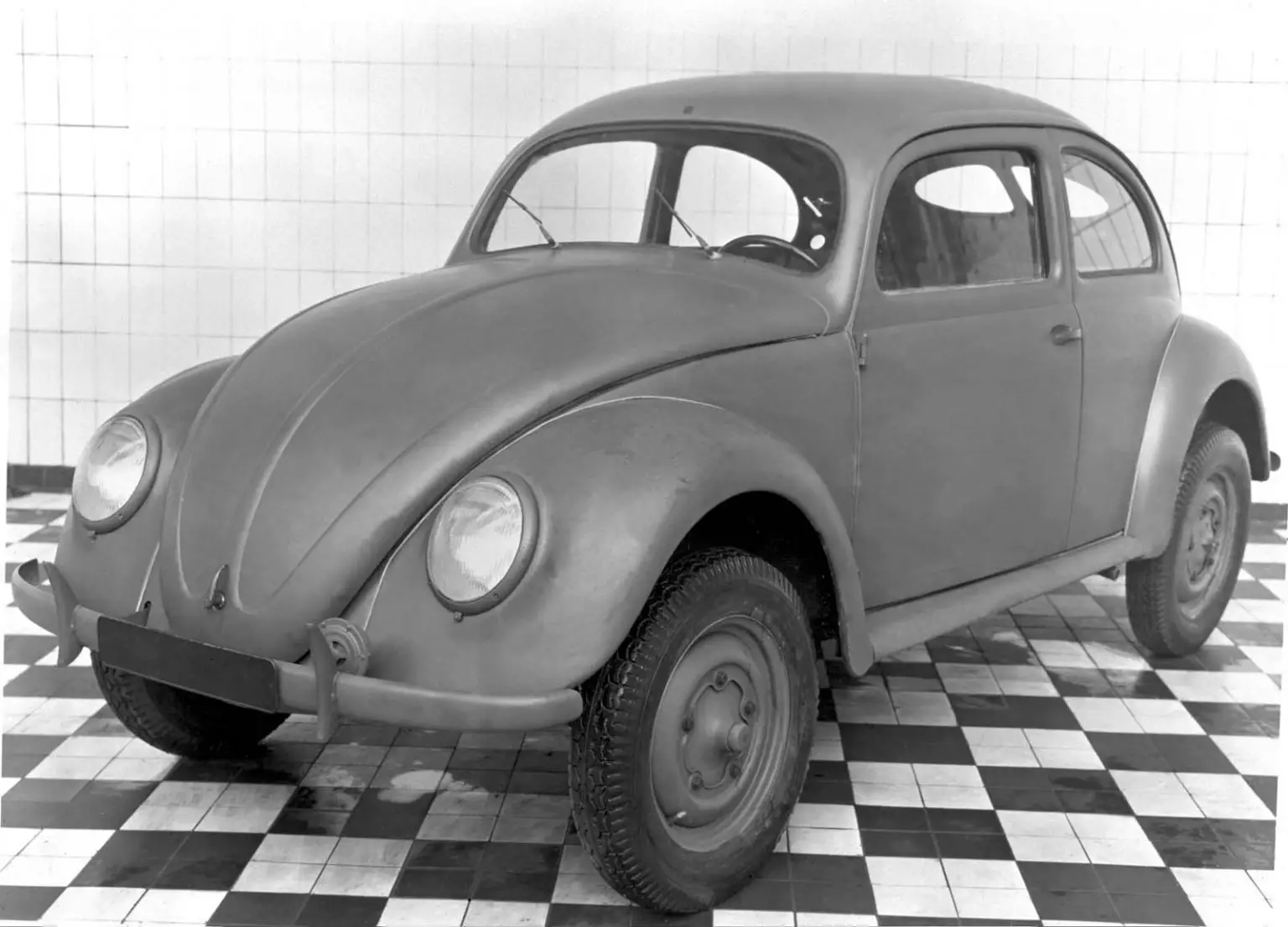
On the 27 December 1945, 75 years ago, Volkswagen started production of the Beetle in Wolfsburg. The little VW becoming the symbol of the economic miracle in Germany made it into civilian production. The plant had only made armaments instead of vehicles from 1939. Even though the people’s car was planned as a project of the National Socialists.
In 1938 there had been some 630 units of the Kdf-Wagen produced in the Volkswagen plant. But this was stopped for the war effort. It was after the war when the allied forces granted permission for many things to resume. It was the strategic vision of Major Ivan Hirst who saw the need to produce the little car. The British Military Government took over in June 1945 and were at the helm of Volkswagenwerk GmbH.
The idea was that the British would use the car to perform some urgent transport tasks within their occupation zone. This pragmatic approach saw that the VW plant was not demolished. Not only that there was some considerable improvisation to make production happen. It was achieved in a very short timeframe.
Then senior officer Major Ivan Hirst was the key player in this development. With all the rationing and shortages, it was difficult to procure the things needed. But Hirst had a passion for technology and cars. He was also dedicated and with this attitude he managed to turn an armaments plant around and back into a civilian car plant in only a few months.
With this new opportunity the British Military Government issued an order for 20,000 vehicles in August 1945. Starting up production gave a visible sign of a new hope at the factory. It was largely destroyed by the allies by the end of World War II.
On the 27 December many Germans returned to work, but to Volkswagen to produce the Type 1.





